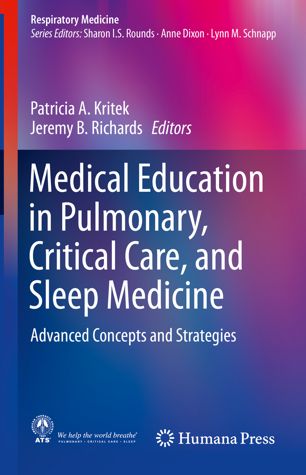

Most ebook files are in PDF format, so you can easily read them using various software such as Foxit Reader or directly on the Google Chrome browser.
Some ebook files are released by publishers in other formats such as .awz, .mobi, .epub, .fb2, etc. You may need to install specific software to read these formats on mobile/PC, such as Calibre.
Please read the tutorial at this link: https://ebookbell.com/faq
We offer FREE conversion to the popular formats you request; however, this may take some time. Therefore, right after payment, please email us, and we will try to provide the service as quickly as possible.
For some exceptional file formats or broken links (if any), please refrain from opening any disputes. Instead, email us first, and we will try to assist within a maximum of 6 hours.
EbookBell Team

5.0
110 reviewsThis is a book for clinician educators. It offers modern, evidence-based practices to use in teaching learners at a range of levels, with an emphasis on concrete strategies that teachers can implement in their own clinical practices as well as in small and large group settings.
Medical education is rapidly changing with emerging evidence on best practices and a proliferation of new technologies. As strategies for effectively teaching medical learners evolve, it is important to understand the implications for Pulmonary, Critical Care, and Sleep Medicine (PCCM). This text is structured to allow easy access to the reader. Chapters are organized around level of learner (e.g., medical student to PCCM fellow to practicing physicians) as well as the location of teaching. Given the variety of clinical settings in which PCCM physicians teach, specific consideration of best practices, broad changes in curricular design and pedagogy are considered in different clinical contexts.
Each chapter begins with a focus on why the topic is important for clinician educators. A review of the available evidence and relevant medical education theory about the topic follows, with examples from specific studies that provide insight into best practices regarding the concepts and topics discussed in the chapter. For chapters focusing on learners, different environments are considered and similarly, if the focus is on the learning environment, attention is paid to the approach to different learners. Each chapter ends with a summary of the primary points from the chapter and concrete examples of how clinician teachers can put the concepts discussed in the chapter into practice. This is an ideal guide for educators in pulmonary, critical care, and sleep medicine.